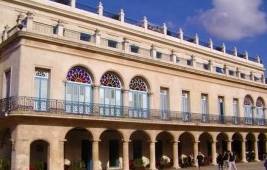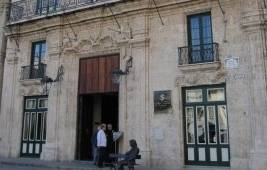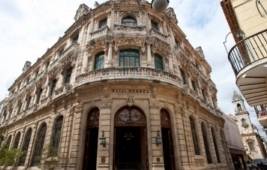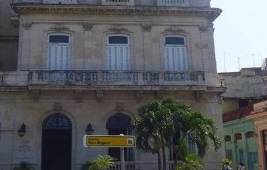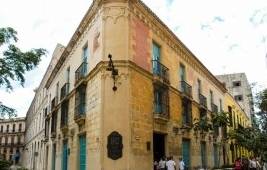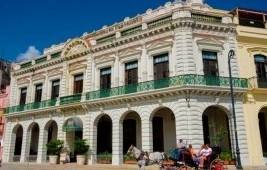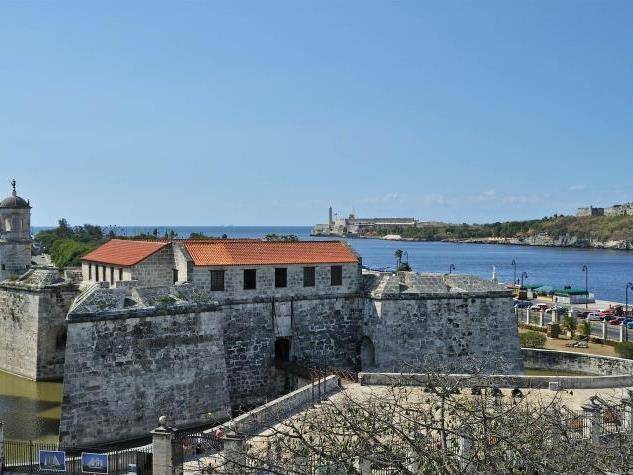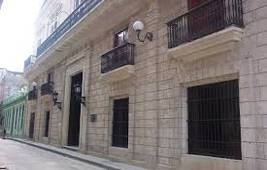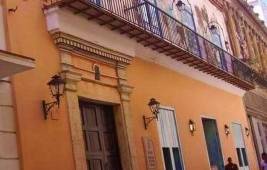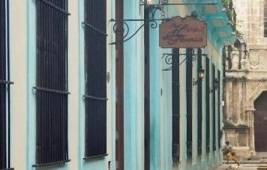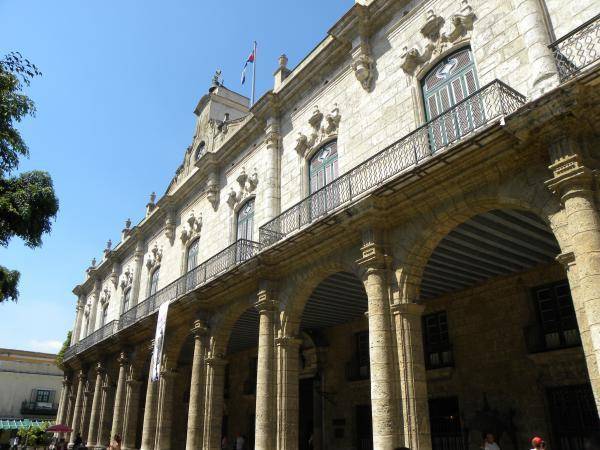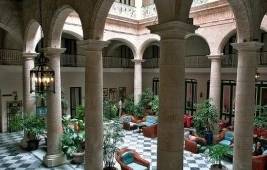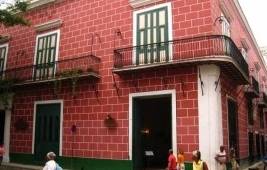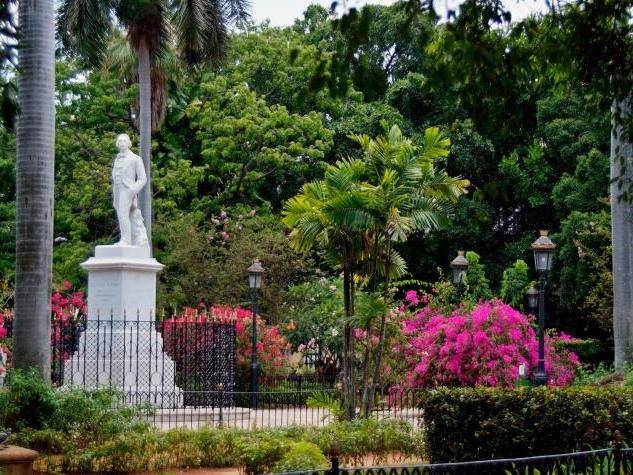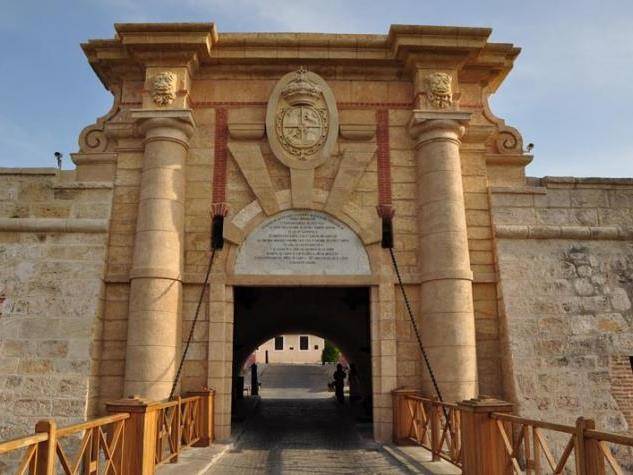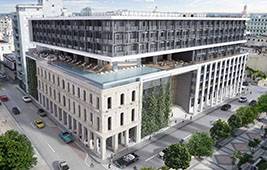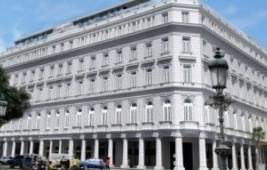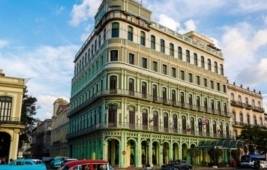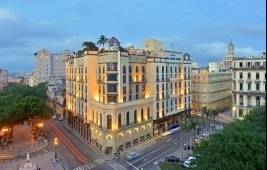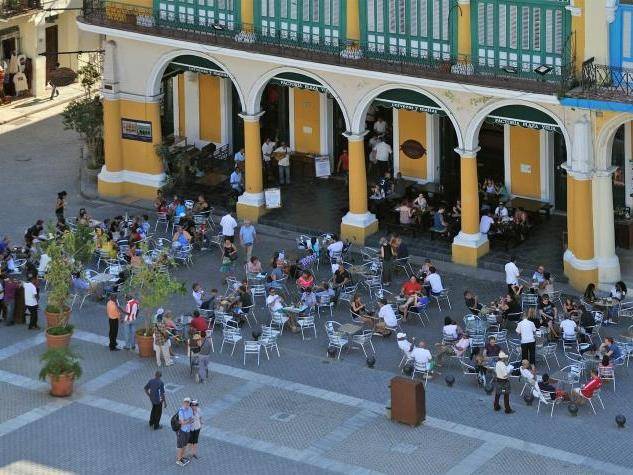
Old Square Calle Inquisidor e/ Muralla y Teniente Rey, Habana Vieja
The neighbors of the town insisted to the town council on the need to create a new public square for their amusement. In 1587, the town council decided to use as a public square the area behind the Convento de San Francisco, which was being built at the time. During the latter decades of the 16th century, this square was called the Plaza Nueva (new square), but from the 18th century onwards, once the Plaza del Cristo had been built, it began to become known as the Plaza Vieja (old square). The most remarkable feature of this square are the buildings around it, with their unquestionable historical and artistic importance of having been the blueprint for a style of architecture which, along with certain developments, subsequently spread throughout the city and characterised the Cuban architecture of the 18th century.

